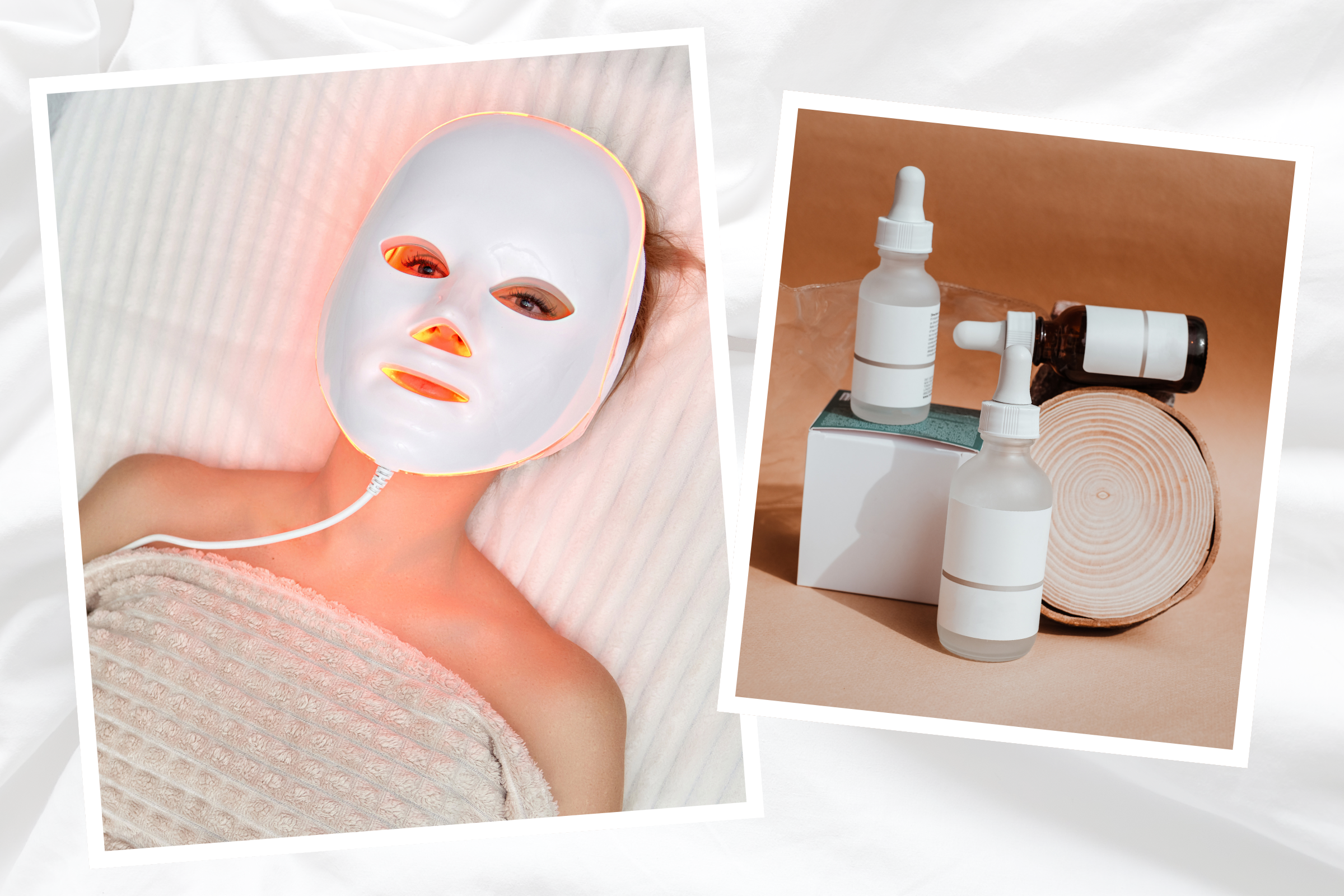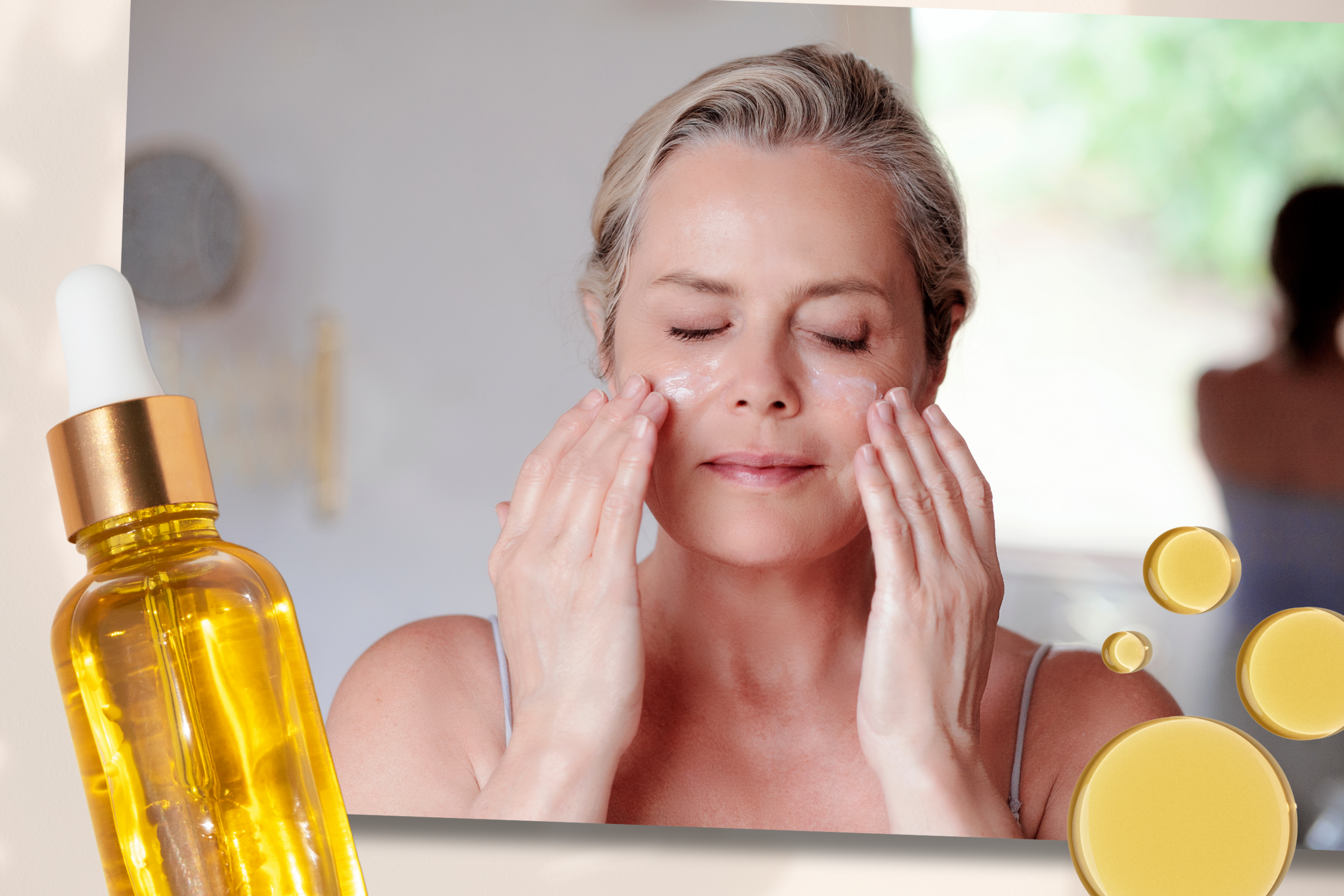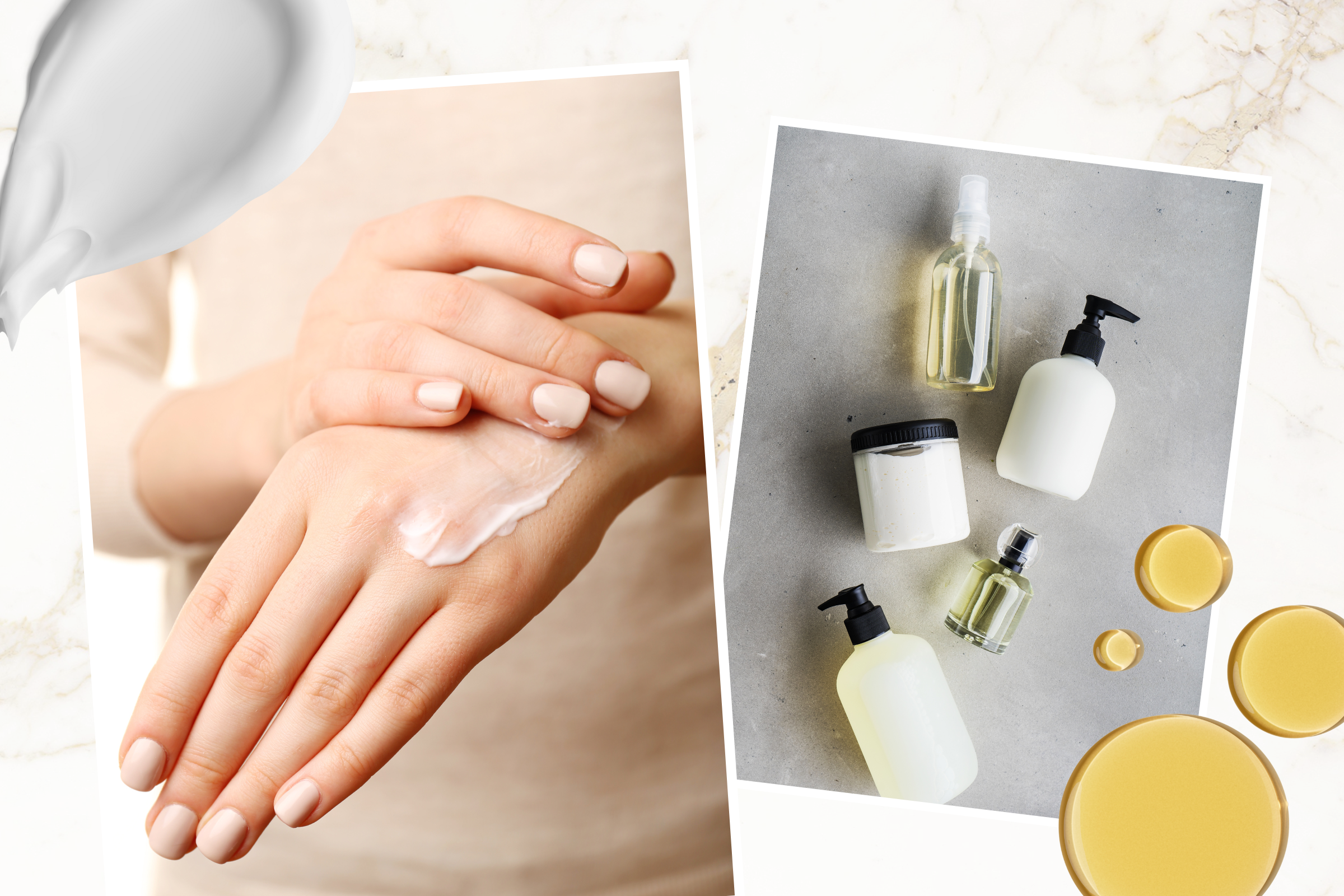I’m a skincare specialist – these are my top tips for managing rosacea

The onset of perimenopause and menopause brings with it a number of challenges, from hot flushes and brain fog to achy joints and anxiety. But, it’s important to know that our skin can be affected too, with rosacea often becoming increasingly severe at this time of life.
 “Rosacea is a common and chronic skin condition that often occurs on the face and tends to affect women aged 40-60,” explains Dr Lubna Khan-Salim, founder of Time To Bloom, a skin, health and longevity clinic. “The severity of the condition can vary, and many sufferers experience flare-ups at different times.
“Rosacea is a common and chronic skin condition that often occurs on the face and tends to affect women aged 40-60,” explains Dr Lubna Khan-Salim, founder of Time To Bloom, a skin, health and longevity clinic. “The severity of the condition can vary, and many sufferers experience flare-ups at different times.
“It can manifest as persistent redness, which is caused by dilated blood vessels. It can also appear as small bumps and sometimes pus-filled spots, that look similar to acne. Some people also experience sensitivity, burning and stinging when products are applied.
“In skin of colour, rosacea can be more challenging to diagnose. Redness does not present the same way because melanin can mask it. Rosacea can look purple, violet or darker brown on Black skin and it more often presents as pustular with inflamed bumps on Black and brown skin.”
What’s the link between menopause and rosacea?
With the condition affecting so many midlife women, it’s of little suprise that rosacea and menopause have become linked. And, as Lubna explains, this is often due to the key role that our hormones play in skin health.
“In rosacea, we typically see changes in both the blood vessels supplying the skin, which causes the flushing and thread veins, as well as inflammation in the skin itself, which causes residual redness and irritation,” she says. “Menopausal hormone changes can play a part in both of these.
“Estrogen helps to maintain the structure of your skin and also keeps it hydrated. It’s important for stimulating collagen and elastin production, which are vital for the skin to stay firm and plump. Progesterone is a hormone that helps to regulate the production of sebum in the skin – keeping it moisturised and ensuring the skin barrier is healthy.
“The decrease in these hormones during perimenopause and menopause has an impact on the skin and can have a knock-on effect on rosacea.”
Other changes during menopause can enhance the likelihood of rosacea, too. Skin becomes drier and more easily irritated at this time of life, which can trigger more severe rosacea. Plus, symptoms like hot flushes can also cause the skin to flush and feel warm. Combined with sweat, they may also aggravate a rosacea flare up.
7 ways to manage rosacea during menopause
Read on as Lubna shares her go-to tips for managing rosacea through midlife and beyond.
Seek expert advice
Top of the list is to see a doctor or dermatologist. Rosacea can be difficult to diagnose so it’s important to get the right advice on the correct treatment. This will save you a fortune in the long run, reducing the likelihood of using the wrong skin products and potentially worsening the issue.
Learn your triggers
There are a number of triggers that can cause rosacea symptoms to flare up. While these vary from one person to another, the common triggers include:
- Sun exposure
- Extreme hot or cold temperatures
- Alcohol
- Spicy foods
- Stress
- Certain topical skincare products
Learning to identify your triggers (and then avoiding them) is a very effective way of managing the condition. Keeping a skin diary can help, too.
Limit your use of actives
Less is always more when it comes to skin and this is especially true for rosacea.
It can be useful to limit use of skincare products with active ingredients. Don’t apply them on the areas where you have rosacea either.
Ingredients such as glycolic, lactic, salicylic acid can aggravate rosacea in some, so are best to limit.
Azaleic acid is an effective topical in rosacea skincare and comes in prescription strength. It’s best for papulopustular-type rosacea.
Eat an anti-inflammatory diet
Eating an anti-inflammatory diet can help to reduce the inflammation of rosacea.
This involves eating lots of fruit, vegetables, lean proteins, seeds, nuts and healthy fats, and avoiding foods with high amounts of sugar, salt and processed red meat.
Fatty fish and olive oil are great too, as are tomatoes and green leafy vegetables.
…and don’t forget about gut health
It’s believed that an imbalance in the gut microbiome may aggravate rosacea flare-ups, so supporting our gut health can help to manage the condition.
Incorporating probiotics (good bacteria) into our diet can help to improve the gut microbiome and reduce inflammation. Fermented foods such as the five ks – kefir, kamut (sourdough), sauerkraut, kombucha and kimchi – can all help to support our gut health. It’s important that we add these in gradually to give our gut time to adjust.
Assess your lifestyle
Our lifestyle has a huge impact on our overall wellbeing, including the health of our skin. Stress, lack of sleep, alcohol and caffeine can all potentially negatively impact skin health and aggravate rosacea.
Many people find that addressing these lifestyle factors makes a huge difference in managing rosacea.
It’s important not to underestimate the impact that a chronic skin condition such as rosacea can have on your mental health and confidence, either. It’s important to seek expert support and advice, whether that’s a doctor, therapist or support group, if this issue is getting you down.
Consider laser treatments
Laser treatment is an extremely effective way to manage rosacea. In clinic, IPL and V-beam is useful to help reduce the redness and target any visible thread veins. For home use, LED can also help calm the appearance.
I highly recommend the LYMA Laser in clinic. This is a low-level light laser and is 100 times more effective than LED. LYMA Laser treats and renews skin without any heat, damage or pain. It effectively penetrates the skin and gets to the root of the inflammation, helping to reduce redness, pain and improve skin texture.




